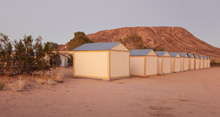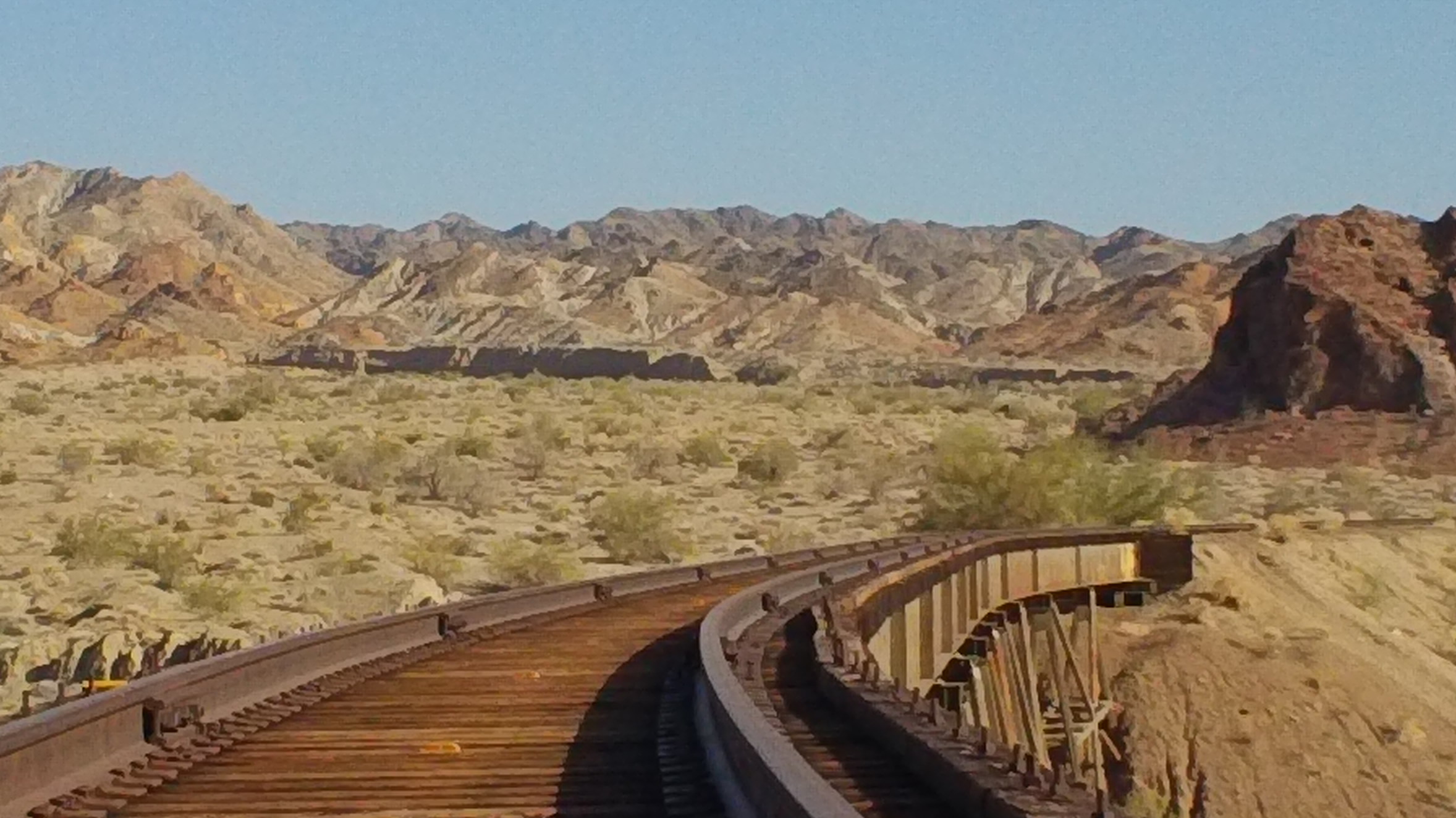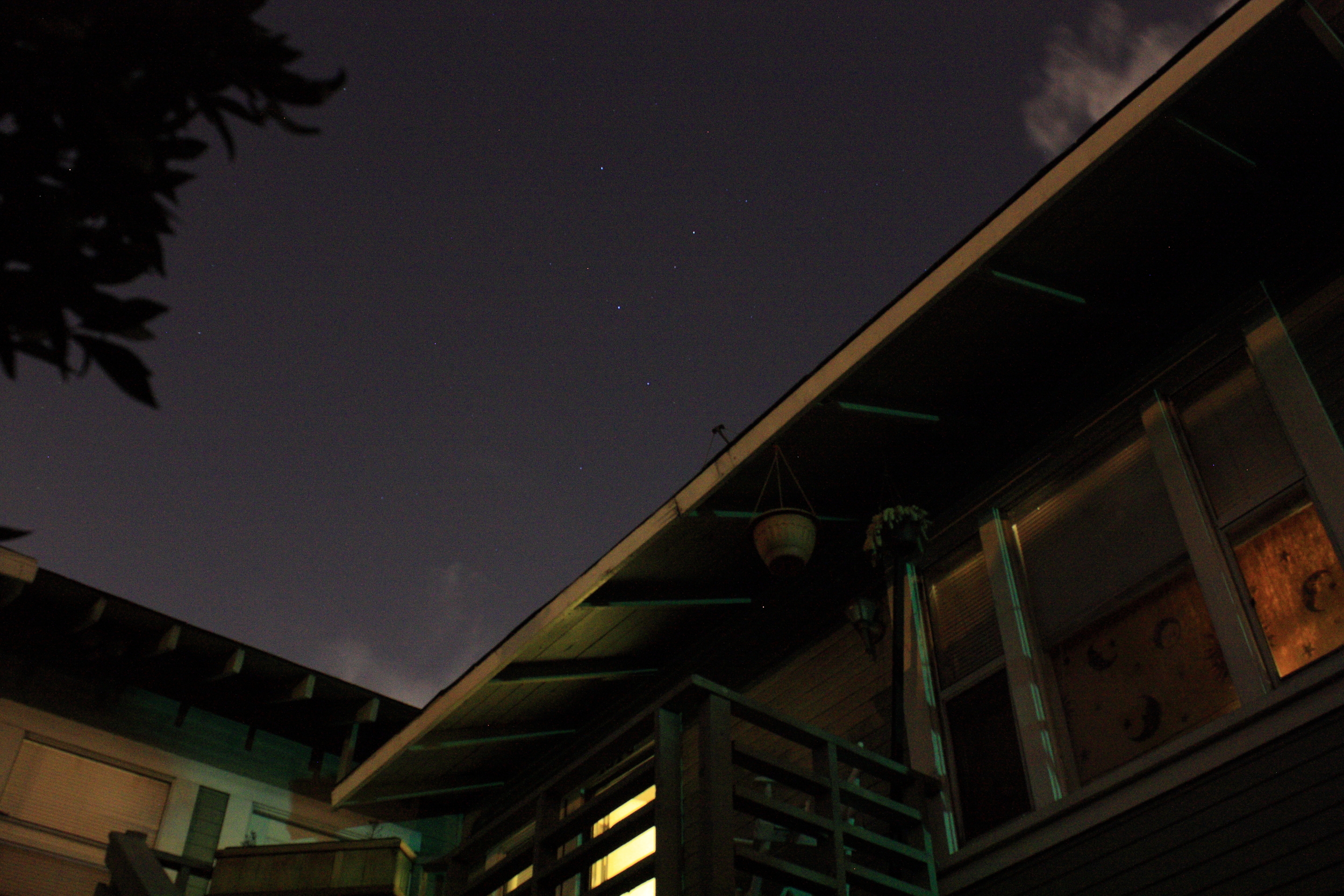Observing Observations and The East Valley Astronomy Club Monthly Public Star Party 1/10/14
It's not that amateur astronomy is boring - no, please don't get me wrong dear reader it's one of the more fascinating areas of human intellectual endeavor. You see... We have here a confluence of many, seemingly diametrically opposing forces: Astronomy is one of the earliest systems of human classificatory knowledge which has given impetus to a mathematics and cosmology whose scale and complexity defy all common sense and intuition about reality and yet describes it intricately, merged with borderline sci-fi technological and engineering capabilities which span the light spectrum and peer back into time towards the first few billion years and the creation of the known universe, offering a panoply of aesthetic beauty which unceasingly serves to inspire and astound generation after succeeding generation towards understanding, adventure, reverence, and ecstasy, distilled down into THE guiding metaphor for progress and the future whose implementation may well determine the fate of all life in the cosmos as we know it - all watched over by the seemingly only minded species capable of abstract languages and symbols, that builds technologically advanced civilizations on top of histories and evolutions on top of the surface of the perhaps only hospitable planet which serves as an incubator for Bios and an islanded paradise for Life in an insanely hostile and chaotic cosmos.
Pardon my French<ahem>, but that shit's pretty epic.
And yet for all the passion and exuberant joy that can be a regular fixture of the hobby, amatuer astronomy can get a tad bit ... repetitive. When you're bound in by economic constraints, light pollution, clouds, cold...life - it can become an afterthought to drag out the scope. When you know the Great Red Spot or a Moon is transiting Jupiter and you doubt your aperture or seeing can resolve it. Or when our Moon rotates a little in its Libration and exposes a few rarely seen craters. Or when Venus appears like a wee little crescent sinking down in the friscalating dusklight. Sometimes it seems troublesome or trivial. And so we round it out: you get your books, your catalogs, and magazines, documentaries, astronomy blogs, your podcasts and smartphone apps, and updates and email blasts, the Virtual Star Party hangouts on the internet, gear maintenance, gear envy, aperture envy, covetousness, idolatry, ssssiiinnn.
And then there's the thing that separates us from the barbarians. Community. The others. We gather together in the dark, in the cold, in the middle of nowhere and sometimes right out on the sidewalk to share our slow obsession in hopes of fascinating and educating the young, reconnecting with the old, comparing gear and observations with each other, and subtlely manipulating the financially well-to-do to be patriots and drive technological innovations up and these dang price points down.
So we do star parties and this was my first. EVAC is an Arizona nonprofit corporation of about 200 astronomy enthusiasts who put on monthly public / local / deep sky star parties, track observing programs, host lecture series, keep an impressive schedule of elementary and junior high school astronomy outreach events and even offer a "Becoming An Outdoor Woman" activity group. I searched them out on the web, looked at their calendar of events, and made a plan to attend their next public star party.
EVAC's public night teams up with folks out at Gilbert's Riparian Reserve and Observatory near the Gilbert Library on Guadalupe and Greenfield. The fact that they house a fully domed observatory on site was a total surprise to me as I've just nearly moved back to AZ and am still a n00b in all this anyway.
That sucker houses, amongst loads of cables and instrument panels, a 16" Meade LX200R Advanced Ritchey-Chrétien optical tube assembly atop a Paramount ME German Equatorial mount, which translates to "one badass telescope" for you laypersons. There were a bunch of little kids cutting me in line during this part.
Observing notes from that night: Out on the sidewalk we spied The Owl Cluster, a Triple-star system below the star Alnitak in Orion, the Double-Double star system, Jupiter, the Moon, M45 Pleiades, and inside on the big 16" Meade - M42 The Orion nebula and in particular was able to observe a fifth star in the usual four group of "The Trapezium" at the heart of the nebula which do the majority of lighting up the famous structure. What makes this observation note special is that in amatuer telescopes one usually only sees four of the main stars in this complex which is actually comprised of multiple-multiple star systems and I was only able to be resolved by my naked eye through the larger aperture and rather advanced-grade optical system there under the dome in Gilbert of all places.
The rest of the night was spent taking these and other photos, talking to the telescope owners on the sidewalk about their gear, my gear, what I should and shouldn't buy, the rules, goals, and general operations of the club and its members, getting out of the way of the amped up children clamouring for time at the eyepiece, showing off my star trails images, shop talk, astronomy news and upcoming events, learned about laser collimation and made some plans to bring in my scope for a tune up, rants and ramblings, etc. It was great - everybody really knew their stuff and I didn't say anything too stupid.
So I've reached out and found some of the others and they were all super rad and if any of you 'Zoners care to join me in February the public event is gonna land on the 14th, Valentine's Day so why not bring a date? Or maybe you'll find one there...just take a look at these mack daddies:
In brief closing, maybe amatuer astronomers experience not so much boredom as slowness. And maybe subtlety. And maybe were not so used to that anymore. Hubble Hyper Satiation Syndrome maybe. Maybe we should spend more time standing around on the sidewalk in the dark with with our neighbors and look DIRECTLY at what our most rigorous and zany scientists tells us is really out there - waiting to be discovered and rediscovered night after bone chilling night for. your. self. After all, you don't believe everything they tell you do you? And you consider it your job to understand the Universe don't you?










